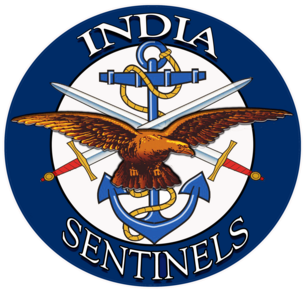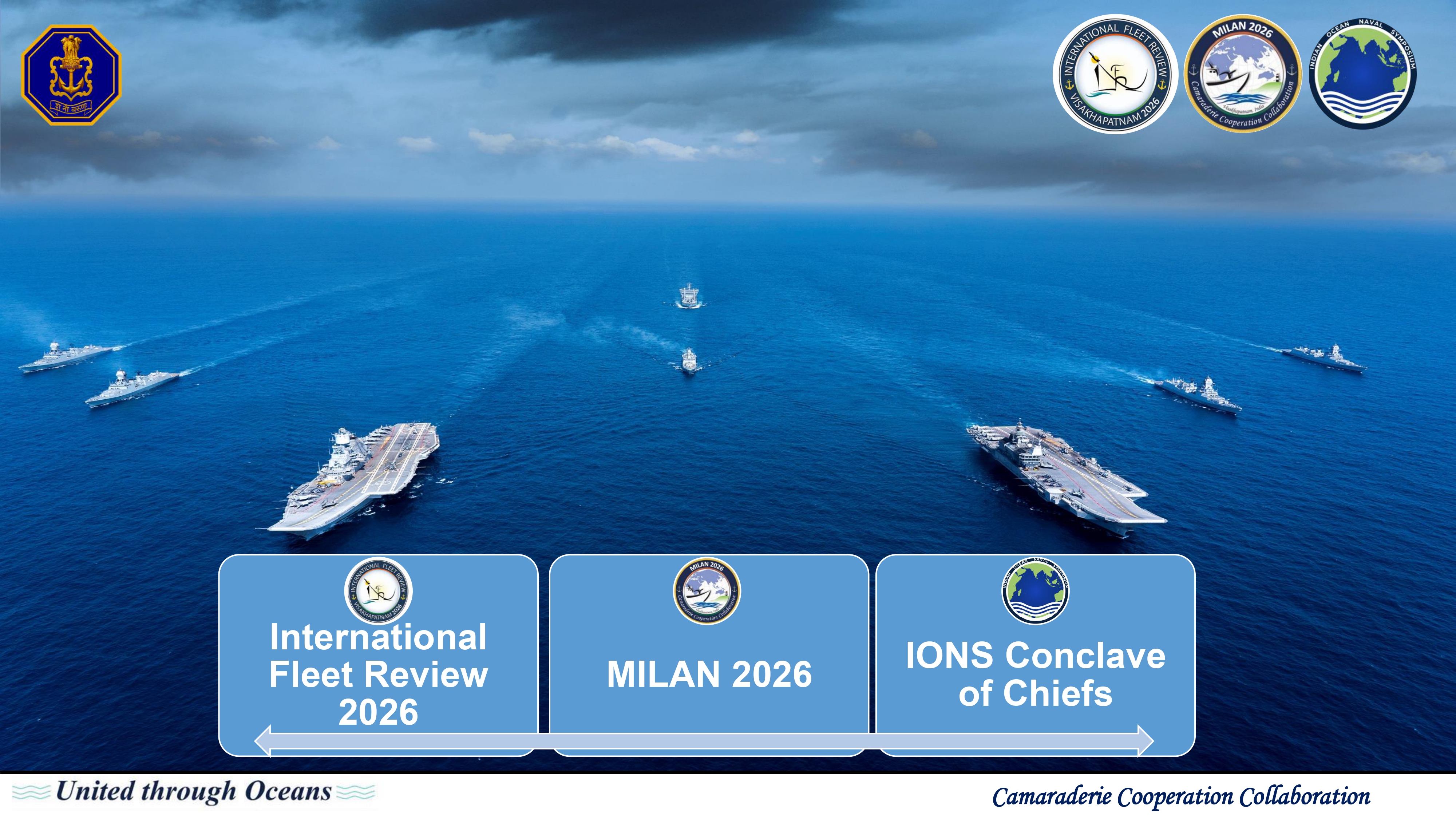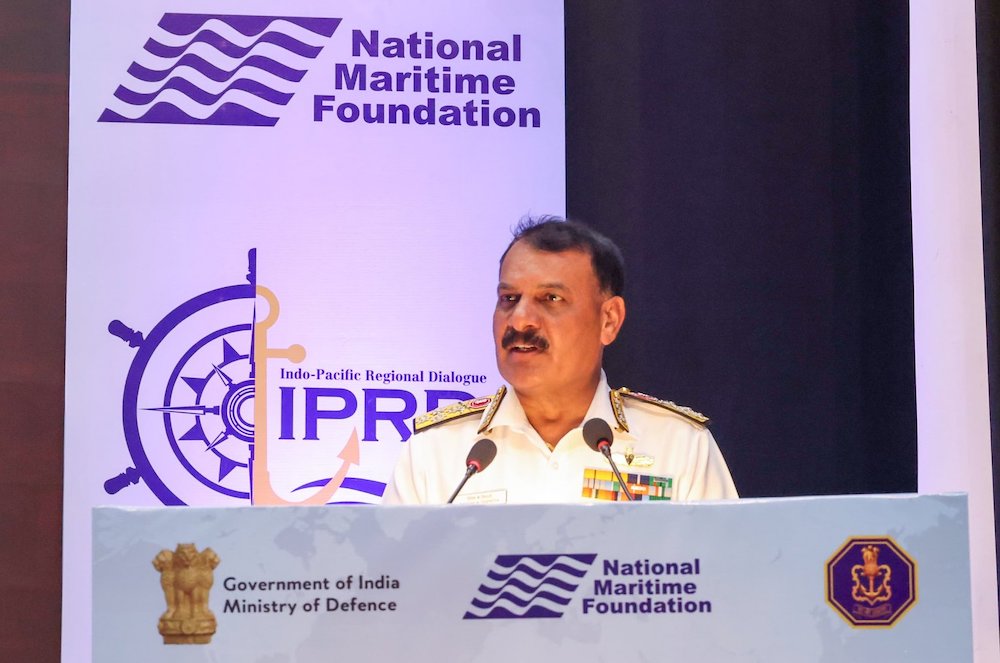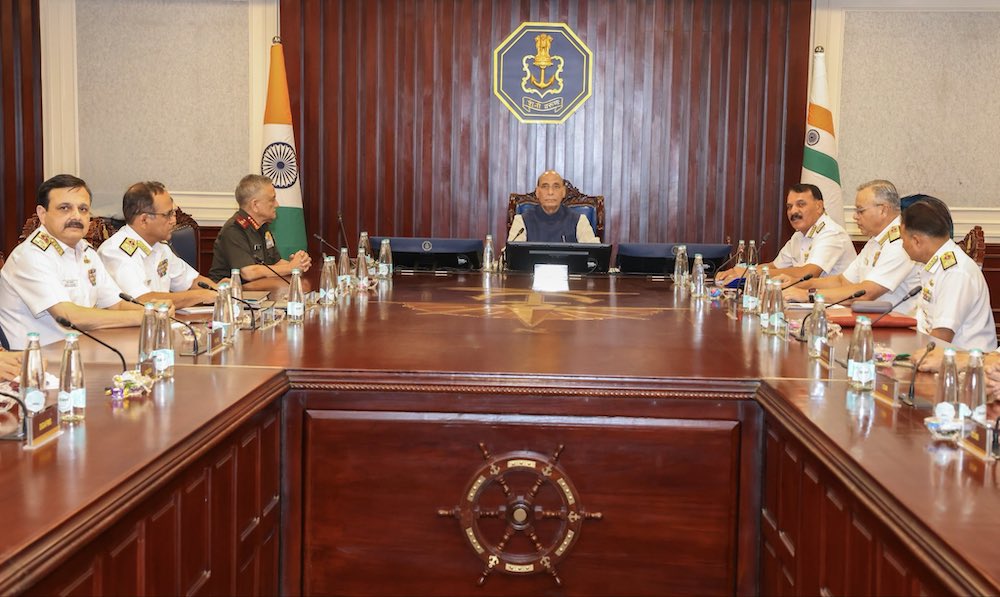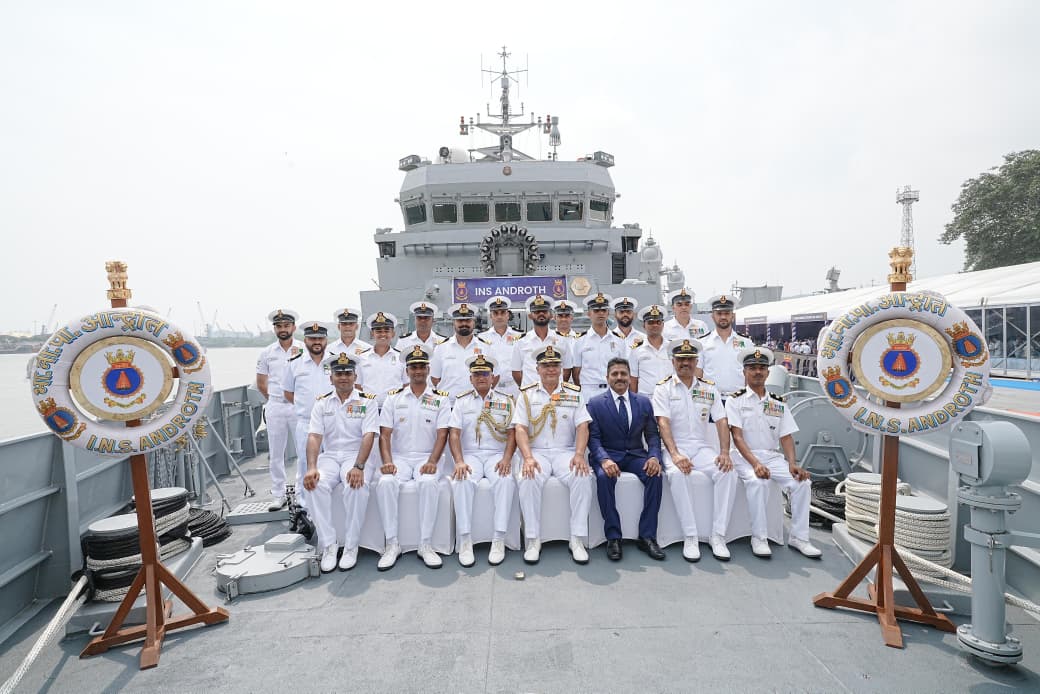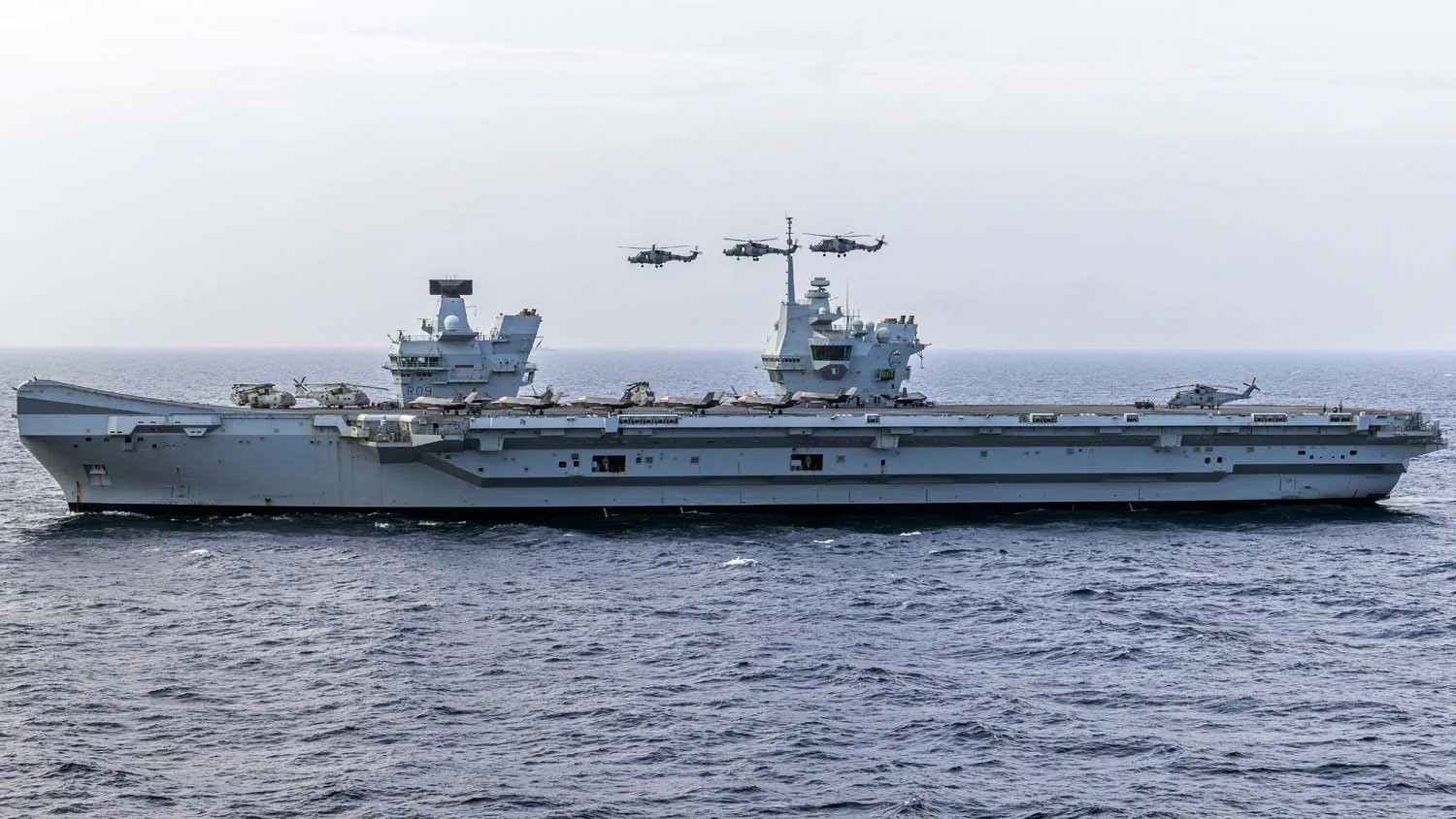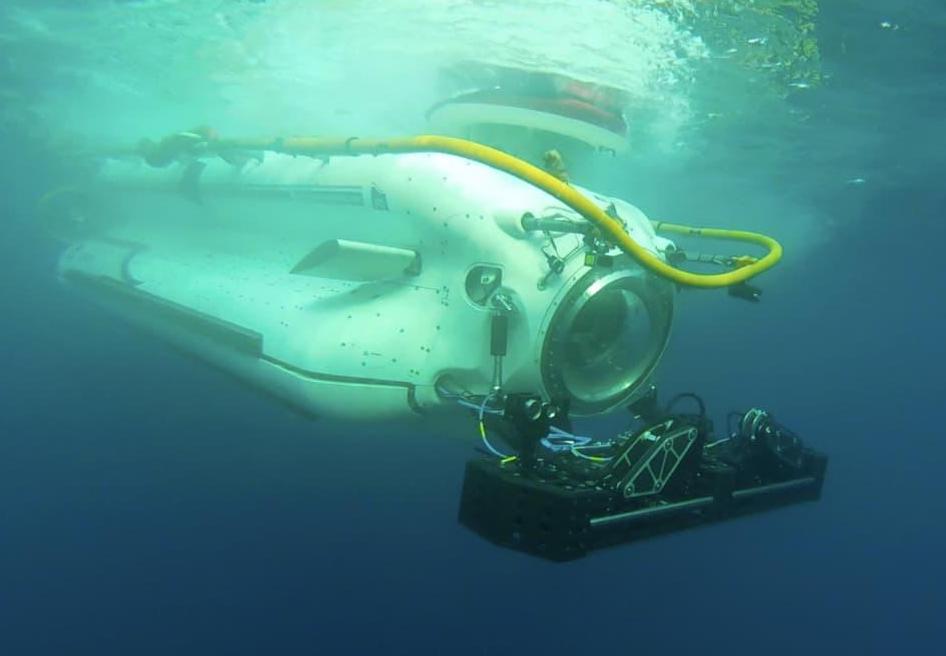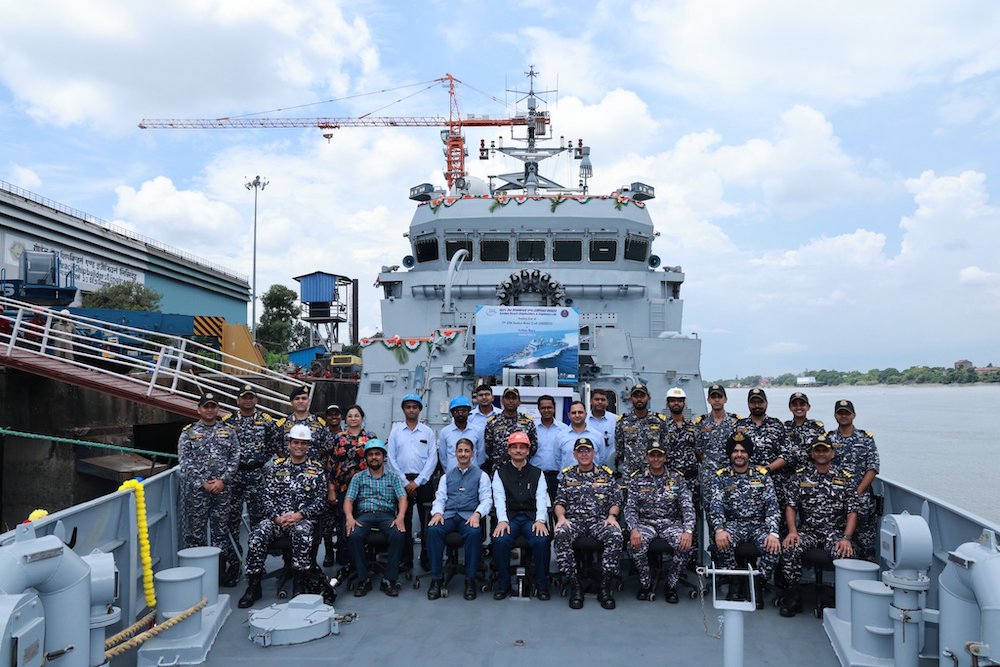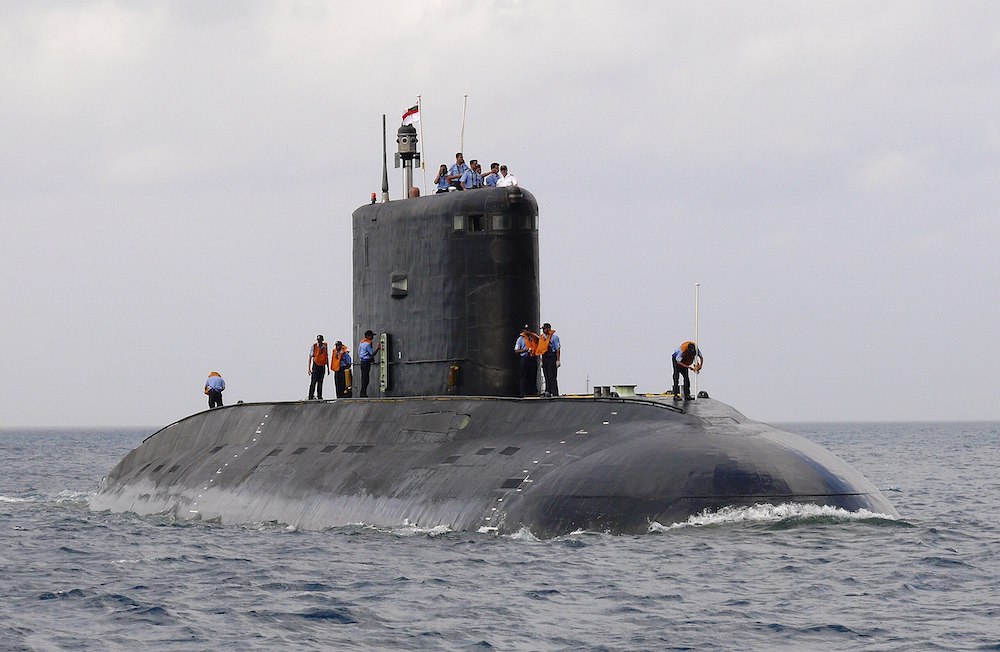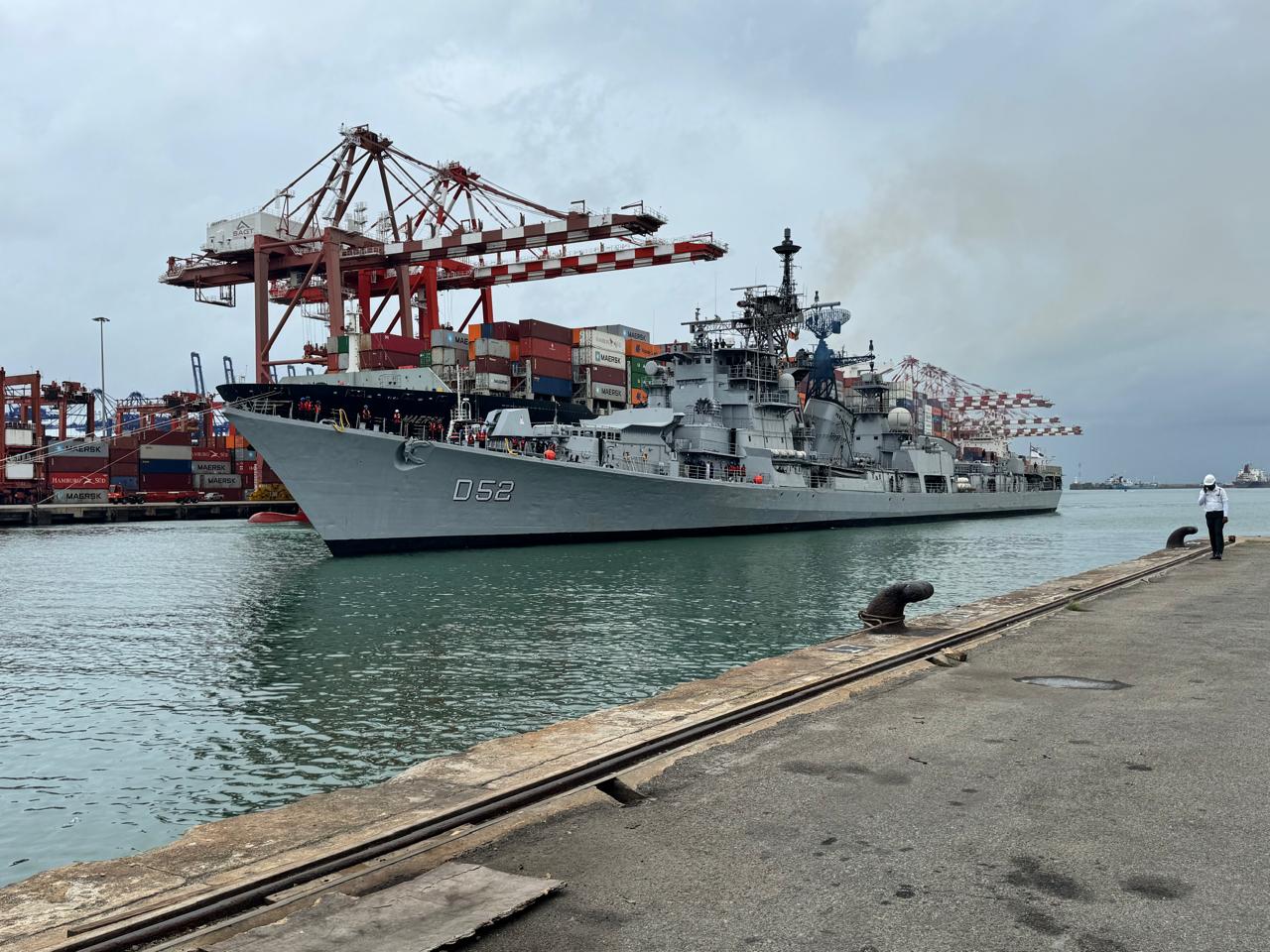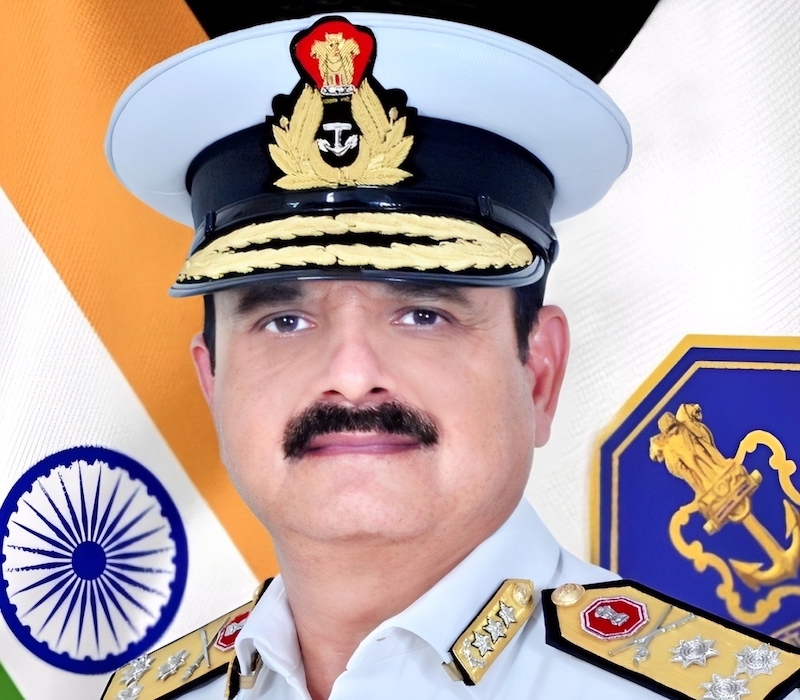 Vice Admiral Sanjay Vatsayan. (Photo: Indian Navy)
Vice Admiral Sanjay Vatsayan. (Photo: Indian Navy)
New Delhi: Vice Admiral Sanjay Vatsayan, a gunnery and missile systems specialist with extensive triservices experience, assumed charge as the vice-chief of naval staff in a ceremony at New Delhi, on Friday.
The appointment comes at a critical juncture as India strengthens its naval capabilities amid evolving security challenges in the Indo-Pacific region. VAdm Vatsayan, who holds the Ati Vishisht Seva Medal and Nau Sena Medal, succeeds Vice Admiral Krishna Swaminathan, who moved to head the Western Naval Command.
In his first official acts, Vatsayan laid a wreath at the National War Memorial and reviewed the ceremonial guard of honour at South Block before meeting senior officers from Naval Headquarters and Headquarters Integrated Defence Staff. These meetings focused on aligning ongoing policy initiatives with the country’s “Atmanirbhar Bharat” (self-reliant India) programme.
The new vice-chief brings significant experience in triservices coordination, having served as deputy chief of integrated defence staff for policy, plans and force development until July 2025. This background positions him well to advance joint operations capabilities across the armed forces.
VAdm Sanjay Vatsayan, #VCNS, on assumption of charge, paid homage to the #bravehearts at the National War Memorial & reviewed the Guard of Honour at the South Block, New Delhi.@salute2soldierhttps://t.co/aSqxNNgkuZ https://t.co/ONWt5lUHAH pic.twitter.com/V9j8orbsYq
— SpokespersonNavy (@indiannavy) August 1, 2025
Operational experience
Commissioned on January 1, 1988, VAdm Vatsayan built his career commanding various naval vessels, including the frigate INS Sahyadri, which he commissioned as its first commanding officer. His sea commands span multiple vessel classes, from coastal patrol vessels to sophisticated missile corvettes.
His flag rank appointments included commanding the Eastern Fleet from February 2020 to February 2021, for which he received the AVSM on January 26, 2021. He subsequently served as deputy commandant at the National Defence Academy before taking charge of operations at Eastern Naval Command.
Educational background
Vatsayan’s military education includes graduation from the National Defence Academy’s 71st course in 1986, followed by staff courses at Wellington’s Defence Services Staff College (2003), the Naval War College in Goa (2010), and the National Defence College in New Delhi (2014).
The appointment occurs as India enhances its naval presence across critical sea lanes. The Indian Navy has been expanding its operational reach from the Arabian Sea to the South China Sea, with particular emphasis on protecting sea lanes of communication vital for India’s energy and trade security.
Recent developments include increased cooperation with partner navies through initiatives like the Quad naval exercises and bilateral engagements with nations across the Indo-Pacific. The Navy has also accelerated indigenous shipbuilding programmes, with over 70% of its current construction orders placed with domestic shipyards.
Force modernization
Under the current naval leadership, India has commissioned several indigenous platforms, including the aircraft carrier INS Vikrant and multiple classes of frigates and destroyers. The focus on self-reliance extends to weapons systems, with indigenous missile programmes gaining prominence in naval modernisation plans.
The vice-chief of naval staff serves as the Navy’s second-highest officer, supporting the chief in operational planning and policy implementation. Vatsayan’s appointment reflects the service’s emphasis on officers with joint operations experience as military integration becomes increasingly important for national security planning.
His predecessor, Swaminathan, now leads the Western Naval Command, which oversees operations along India’s western seaboard, including the critical Arabian Sea region where much of the country’s energy imports transit.
The seamless transition in the Indian Navy’s leadership underscores institutional continuity as the country tackles the complex maritime security challenges while building indigenous defence capabilities.
